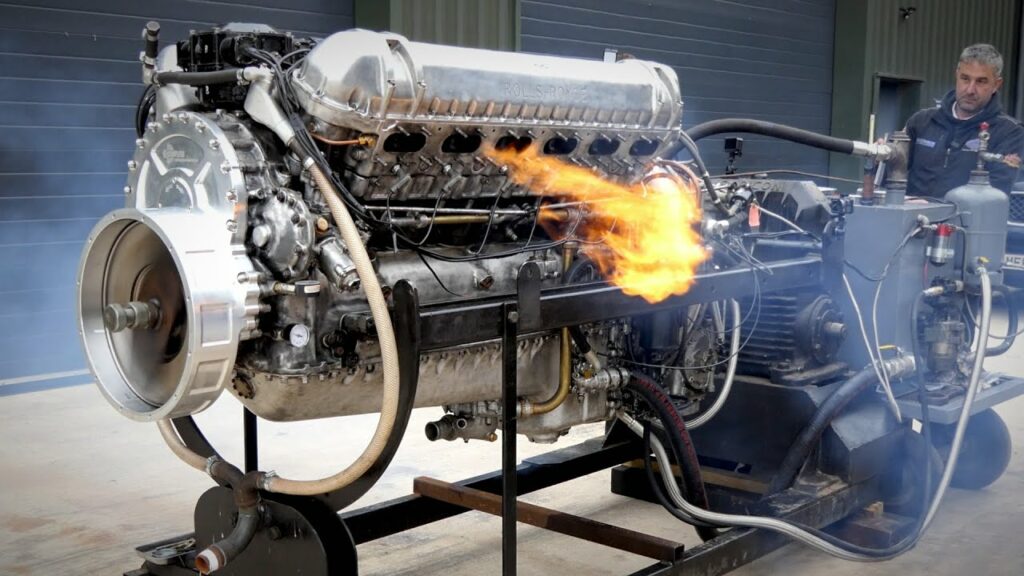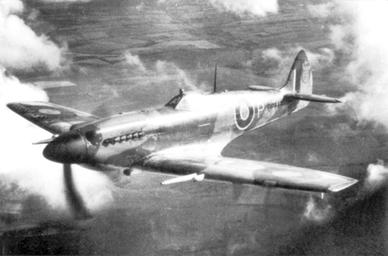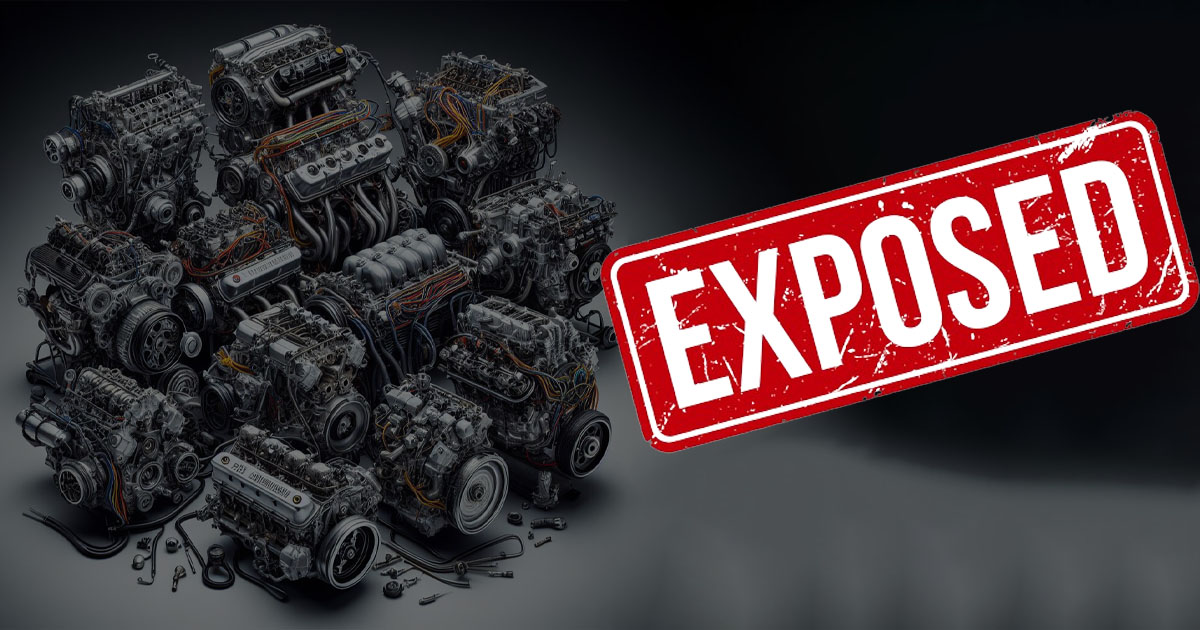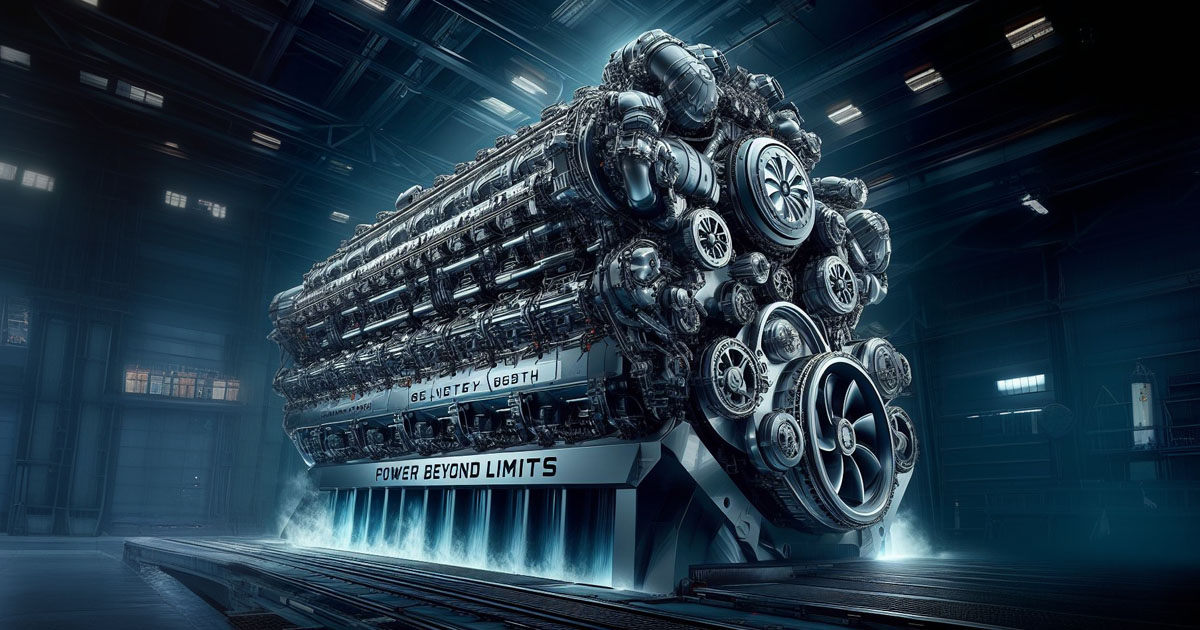
The Rolls-Royce Griffon engine, the successor of the famous Merlin engine, had a role in helping to win the Second World War when it was installed in legendary warplanes like the Spitfire and Seafire.
Griffon’s development began in 1938 in response to a Royal Navy’s Fleet Air Arm request. Navy aircraft are often bigger and heavier than their land-based equivalents, putting higher demands on the engine to maintain performance. Rolls-Royce returned to the Schnider Air Racing Trophy “R” engine idea to suit this demand. The Griffon, essentially a modified Merlin, is a 60-degree V-12 with 2239 cu. in. displacement (the same as the “R” and 36 percent more displacement than the Merlin while having a slightly bigger frontal area). This was a completely new engine, with several design upgrades and improvements over the Merlin.
The Griffon was the first Rolls-Royce aircraft engine to use a hollow crankshaft to provide oil distribution to the primary and big-end bearings instead of the Merlin’s fragile, exposed external oil distribution lines. Furthermore, rather than using a separate system of gears driven from the back end of the crankshaft, the camshaft and magneto drives were incorporated into the propeller reduction gears at the front of the engine, allowing the overall length of the engine to be reduced while also making the drive train more reliable and efficient.

Fitting the Griffon inside a very tiny, light, single-engine aircraft like the Spitfire posed significant handling issues, owing to the tremendous torque response, which could reach 4700 lb-ft at take-off power. After many aerodynamic measures, such as an expanded vertical stabilizer, offered only a partial solution, designing a gear reduction unit for contra-rotating propellers proved to be the decisive answer. Because of the exceedingly dangerous nature of carrier landings, especially during a go-round when maximum power may need to be deployed at low altitude, and low airspeed, the Navy’s Seafire required contra-rotating propellers. Torque’s response drew a Griffon Seafire to the right, toward the carrier island, without the contra-rotating propellers, frequently with devastating effects.

The engine was initially installed in an Avro Shackelton long-range reconnaissance plane, which also used the contra-rotating propeller arrangement. It’s the same as the Mk 58 Griffon mounted on the Mk 47 Seafire on display. The take-off power is 2450 horsepower.



